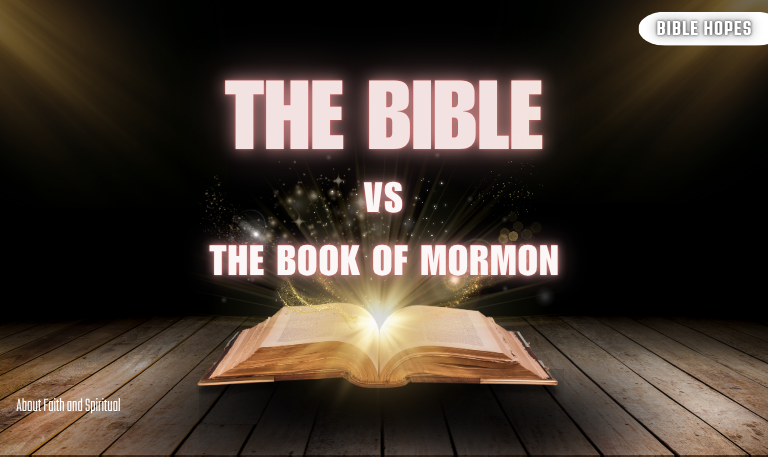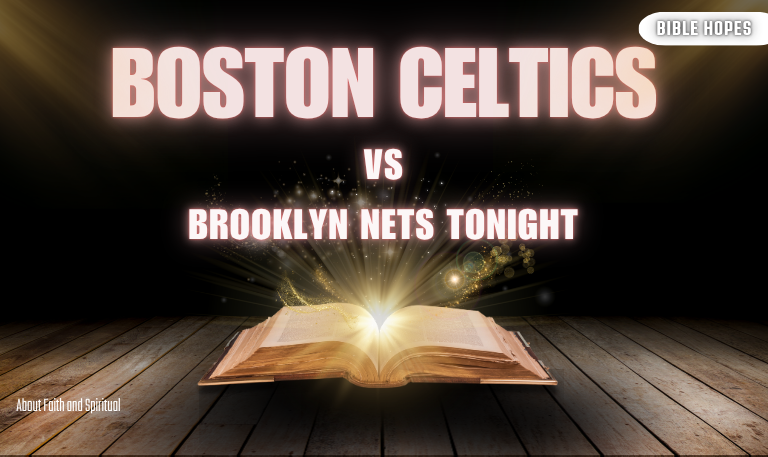When exploring the foundations of Christianity and Mormonism, one of the most commonly asked questions is: What are the differences between The Bible Vs The Book of Mormon? Both texts are considered sacred scriptures by their respective faiths, but they differ vastly in origin, content, theological emphasis, and historical background.
This article provides a detailed, authoritative comparison between the Bible and the Book of Mormon, analyzing their origins, authorship, teachings, and cultural impact. Whether you’re a curious reader, a student of religion, or someone interested in understanding these important religious texts, this comprehensive guide will clarify their similarities and distinctions.
1. Historical Background
Origins of the Bible
The Bible is a collection of ancient texts written over approximately 1,000 years (roughly 1200 BCE to 100 CE). It comprises two main parts:
The Old Testament: Includes books written primarily in Hebrew and Aramaic, chronicling the history, laws, poetry, and prophecy of the Jewish people.
The New Testament: Written in Koine Greek, focusing on the life and teachings of Jesus Christ and the early Christian church.
The Bible was compiled from numerous manuscripts by various authors, prophets, and scribes over centuries, with canonization processes finalized by religious councils.
Origins of the Book of Mormon
The Book of Mormon, first published in 1830 by Joseph Smith, founder of The Church of Jesus Christ of Latter-day Saints (LDS Church), claims to be a translated ancient record. According to Joseph Smith, he translated it from golden plates inscribed by ancient prophets who lived in the Americas between roughly 600 BCE and 400 CE.
Unlike the Bible’s compilation over millennia, the Book of Mormon’s origin is singular and recent, relying heavily on Smith’s translation narrative.
Read Also: Calvinism vs Arminianism
2. Authorship and Divine Inspiration
Bible’s Authorship
The Bible is traditionally believed to be inspired by God but written by multiple human authors, including Moses, David, Isaiah, Paul, and others. These writings were preserved, copied, and compiled with divine guidance as understood by faith communities.
Book of Mormon’s Authorship
The Book of Mormon claims to be the work of ancient prophets like Nephi, Alma, and Mormon himself, compiled and abridged by the prophet Mormon. Joseph Smith is believed by LDS members to have translated this record through divine assistance using sacred instruments (Urim and Thummim).
3. Structure and Content
| Aspect | The Bible | The Book of Mormon |
|---|---|---|
| Length | 66 books (Protestant), 73 (Catholic) | 15 books, including 1 Nephi, Alma, Ether, Moroni |
| Language | Hebrew, Aramaic, Greek | Originally in “Reformed Egyptian” (claimed), translated to English |
| Division | Old Testament and New Testament | A single book divided into smaller books |
| Themes | Creation, Covenant, Prophecy, Salvation through Jesus | American ancient history, Jesus’ ministry in America, salvation |
4. Core Theological Differences
Concept of God and the Trinity
Bible: Emphasizes the doctrine of the Trinity — One God in three persons: Father, Son, and Holy Spirit (John 1:1-14; Matthew 28:19).
Book of Mormon: Presents God as three separate beings united in purpose, rejecting the traditional Trinity (2 Nephi 31:21).
Salvation and Atonement
Bible: Salvation is by grace through faith in Jesus Christ’s atoning sacrifice (Ephesians 2:8-9).
Book of Mormon: Also emphasizes faith in Jesus but incorporates additional teachings on baptism, repentance, and obedience (2 Nephi 31).
5. Key Stories and Narratives
Creation
Bible: Detailed in Genesis, God creates the world in six days.
Book of Mormon: References the creation but does not retell it extensively.
Jesus Christ’s Ministry
Bible: Focuses on Jesus’ life, death, and resurrection primarily in Palestine.
Book of Mormon: Describes a post-resurrection visit of Jesus Christ to the Americas, teaching similar doctrines (3 Nephi 11).
6. Translation and Manuscript History
Bible’s Manuscript Tradition
The Bible has thousands of manuscript copies and translations, with the Dead Sea Scrolls (dating 2,000 years old) providing early Old Testament texts.
Book of Mormon’s Translation
Joseph Smith claimed divine translation from golden plates using sacred seer stones. The original plates are not publicly available for examination, and the translation process is unique to LDS belief.
7. Controversies and Criticisms
Bible: Subject to historical-critical scholarship questioning authorship, textual variants, and historical accuracy.
Book of Mormon: Criticized for lack of archaeological evidence in the Americas and allegations of borrowing from contemporary sources.
8. Archaeological and Historical Evidence
Bible
Numerous archaeological finds support the cultural and historical context of many biblical narratives, such as the Dead Sea Scrolls, ancient cities, and inscriptions.
Book of Mormon
Archaeological evidence for Book of Mormon peoples and events remains debated and inconclusive within mainstream scholarship.
9. Impact on Culture and Society
Bible: Influenced laws, ethics, art, literature, and politics globally.
Book of Mormon: Central to Mormon identity and missionary work; influences LDS culture and theology.
Read Also: What Is Calvinism
10. Modern-Day Usage and Relevance
The Bible remains the most widely read book worldwide, central to diverse Christian denominations.
The Book of Mormon is used primarily by the LDS Church, with millions of copies distributed globally.
11. Summary of Key Differences and Similarities
| Topic | Bible | Book of Mormon |
|---|---|---|
| Origin | Ancient compilation over centuries | Translated by Joseph Smith, 1830 |
| Language | Hebrew, Aramaic, Greek | Claimed Reformed Egyptian |
| Length | 66-73 books | 15 books |
| Theology | Trinity, grace by faith | Separate beings, faith plus works |
| Historical Evidence | Supported by archaeology | Limited evidence, debated |
Q1: Is the Book of Mormon part of the Bible?
No. The Book of Mormon is considered a separate scripture by the LDS Church and is not included in the traditional biblical canon.
Q2: Who wrote the Book of Mormon?
It is believed by Mormons to be ancient prophets compiled by Mormon and translated by Joseph Smith.
Q3: Can the Bible and Book of Mormon be used together?
Yes. Mormons use both as complementary scriptures, while traditional Christians primarily use only the Bible.
Q4: Are there contradictions between the Bible and Book of Mormon?
There are theological differences, particularly regarding the nature of God and additional doctrines unique to the Book of Mormon.
Q5: Is the Book of Mormon historically accurate?
The historical authenticity is debated; mainstream archaeology has not confirmed its narrative.
Conclusion
The Bible and the Book of Mormon are foundational religious texts for Christianity and Mormonism respectively, each with unique origins, teachings, and histories. While they share common themes such as faith in Jesus Christ, they differ significantly in theology, narrative, and cultural impact. Understanding these differences enriches interfaith dialogue and deepens knowledge of religious traditions.



![15 Pink Bible Verses | Discover Meaning, Love [2025 Guide] 5 15-Pink-Bible-Verses-Discover-Meaning,-Love-[2025-Guide]](https://biblehopes.com/wp-content/uploads/2025/05/15-Pink-Bible-Verses-Discover-Meaning-Love-2025-Guide.png)